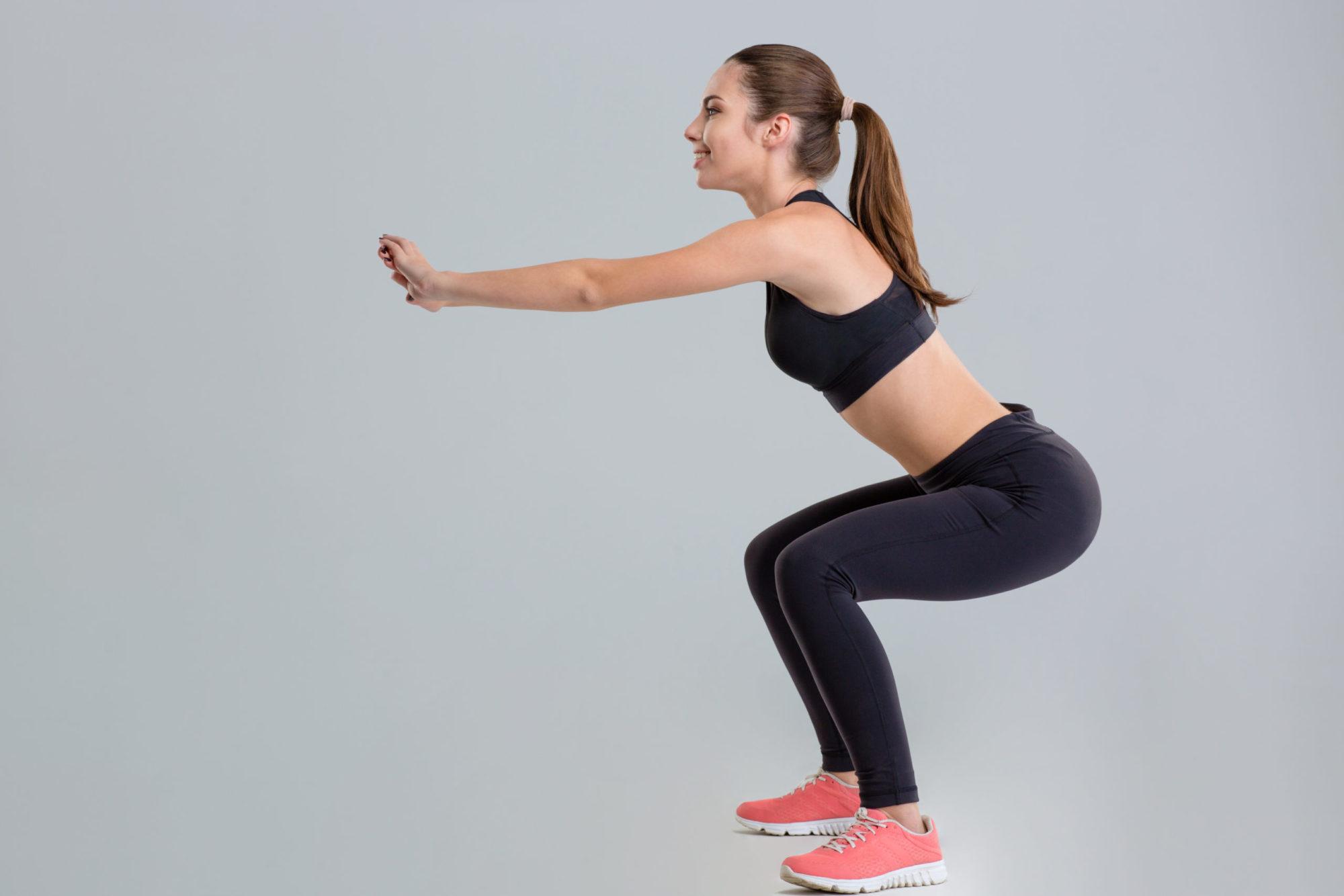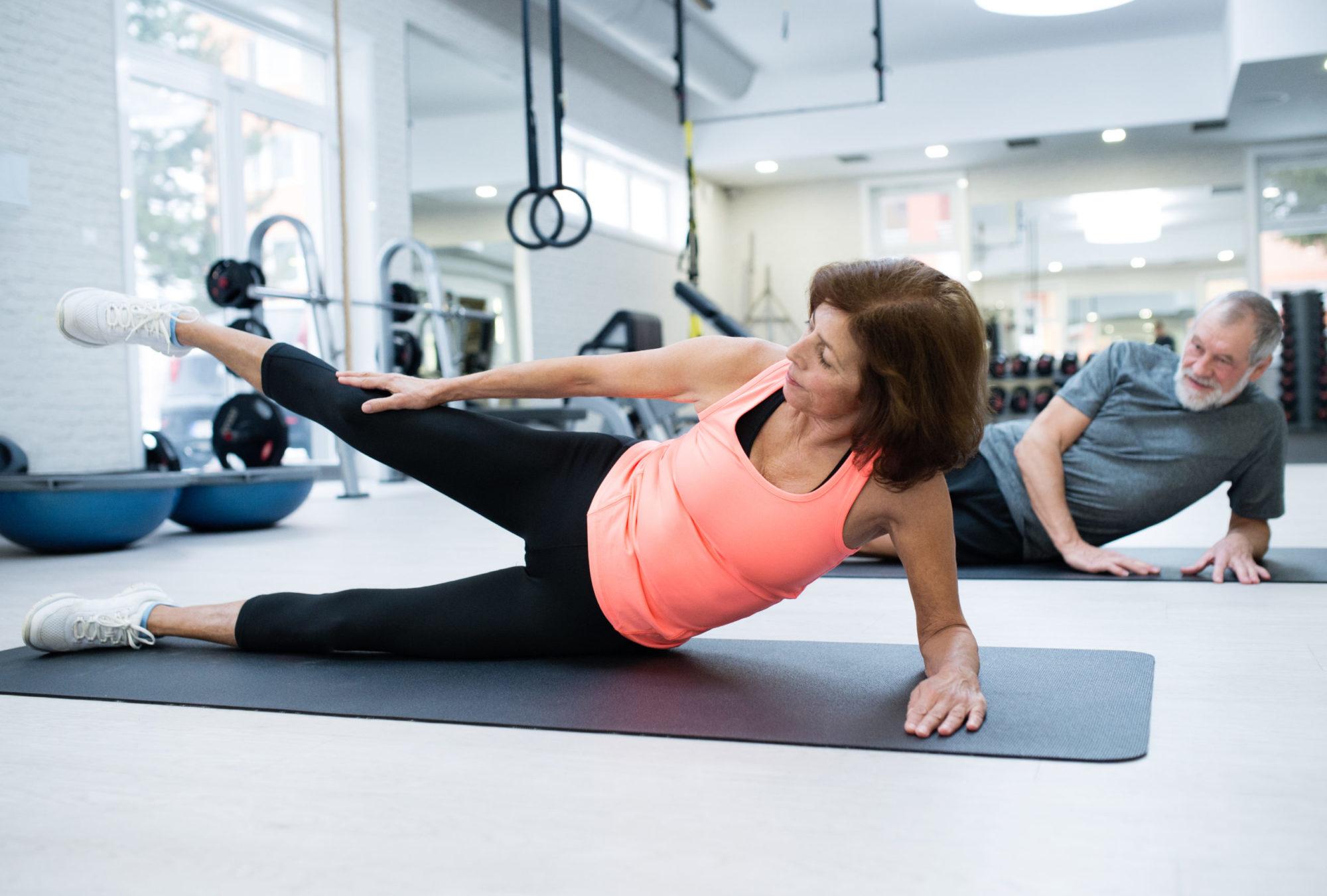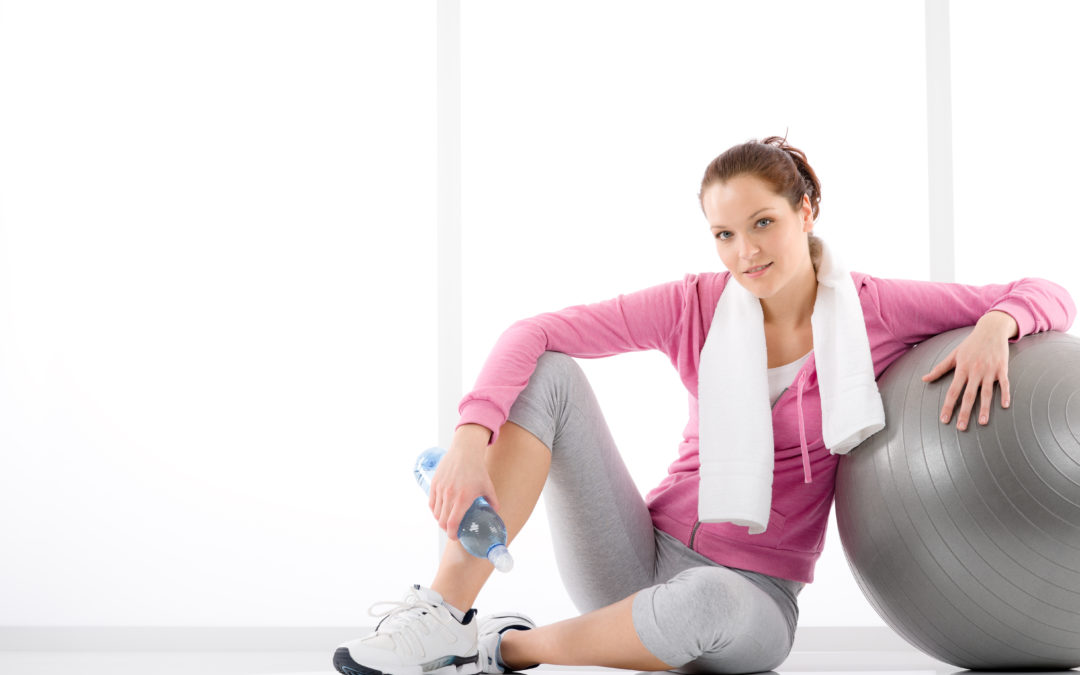We hear these questions from our clients all the time:
- What is the right exercise for my hip, knee, or ankle?
- What exercises should I include in my regular workout?
- How can I prevent injuring myself while exercising?
- How do I perform an exercise correctly?
The simple answer to all these questions is that “it depends.”
The answers depend because we at Impact work with people of all ages, medical histories, fitness backgrounds, and fitness goals. Each one of us has individualized needs and goals for fitness just like we have unique dietary needs and medical conditions that need proper, personalized care. In this blog, we will focus on how to develop a lower body exercise routine that is right for you with some guidelines about:
- Selecting the appropriate type of exercise
- Monitoring yourself for proper exercise technique
Selecting the Right Type of Exercise:
There are tons of exercise types available today. A simple Google or YouTube search will reveal millions of exercises, routines, and tips for proper performance. Below are some basic groupings of exercise to help you identify what type of exercise the picture or video is showing and determine if it is the right one for you.
Weightbearing vs. Non-weightbearing Exercises

Weightbearing exercises involve a person having their feet in contact with the ground and their body being in a vertical position for most of the exercise.
- Pro’s of weightbearing exercise include improving bone density, building functional strength, and incorporating multiple joints into a coordinated movement.
- Con’s of weightbearing exercise include increased joint loading and higher risk of improper form.
- Examples – squat, lunge, dead lift, calf raise

Non-weightbearing exercises involve a person not standing for the exercise.
Instead, they are lying down, on their sides, or seated for the exercise.
- Pro’s of non-weightbearing exercise include isolation of muscle groups and low joint loading.
- Con’s of non-weightbearing exercise include lack of functionality, more time consuming because only one muscle works at a time.
- Examples – leg raises, bridges, clamshells, donkey kicks, fire hydrants
In your workout, try to have 3-4 weightbearing exercises and 3-4 non-weightbearing exercises starting out.
- Based on how your muscles and joints feel after a week of the routine, you can adjust accordingly.
- Try to pick non-weightbearing exercises that work the core, glutes, and quads to help stabilize you during your weightbearing exercises. (More next month about core exercises)
Non-impact vs. Plyometric Weightbearing Exercises
Non-impact exercises involve you staying in contact with the ground for the entire exercise.
- Pro’s of non-impact exercises include less joint loading and slowing down the movement to ensure proper form.
- Con’s include limited ability to build speed and power.
Plyometric exercises involve one or both of your feet leaving the ground for a period of the exercise.
- Pro’s of plyometric exercise include increasing speed, power, and potentially bone mineral density at the right amount of loading.
- Con’s of plyometric exercise include increased joint loading, increased risk for improper form.
Examples:
- Squat ⇒ jump squat
- High knee march ⇒ Skipping
- Calf raises ⇒ Jumping rope
Obviously, plyometric exercises are not the best place to start. But, as you become more comfortable and stronger with performing non-impact exercises, performing their high-impact version 1-2 times a week can help add the variety your body needs to keep making improvements.
Proper Form for Lower Body Exercises
Our general rule of thumb for safety while exercises always is:
If you feel pain, off-balance, or unsure, STOP! Reduce the intensity, distance, or speed of the movement and try again. If you still are having problems, stop and consult a physical therapist.
Tips for Proper Exercise Form:
Perform a new exercise in front of a mirror so you can see your form.
- If you notice your body “wiggling” around or looking asymmetrical, stop and find a proper alternative.
- If you cannot find a regression, contact one of our PTs!
- If you feel unnecessary strain in your back or in the front of your knees, recheck your core activation and knee position.
- If you cannot change the strain, contact one of our PTs!
Components of proper form with weightbearing exercises:
- Keep your upper body vertical.
- Keep your core “engaged” by gently drawing your belly button in towards your spine.
- Keep your kneecaps pointing straight ahead.
- Keep your knees behind your toes.
- Keep your bodyweight evenly distributed from the front to back and side to side of your foot.
Components of proper form with non-weightbearing exercises:
- Keep your core “engaged” by gently drawing your belly button in towards your spine.
- Tighten the hip, thigh, or leg muscle first before performing the instructed motion.
- Move through your available motion without letting your spine move side to side or up and down.
- Focus on making the lowering, downward phase 2-3 times as slow as the upward phase.
Components of proper form with plyometric exercises:
- Land with soft, quiet feet.
- Use your ankles to absorb the shock of impact.
- Land with your knees bent and apart – do not let your kneecaps turn inward.
By understanding the different categories of exercise and how to ensure proper form with lower body exercises, you are on a good start to success.
Please reach out to us if you have other questions about our recommendations. If you need additional information, Impact Physical Therapy offers personal training services at our clinic and virtually for clients wanting to create, advance, or fine-tune their fitness routines.
Contact us today to learn more about how we can create the right fitness program for you!

